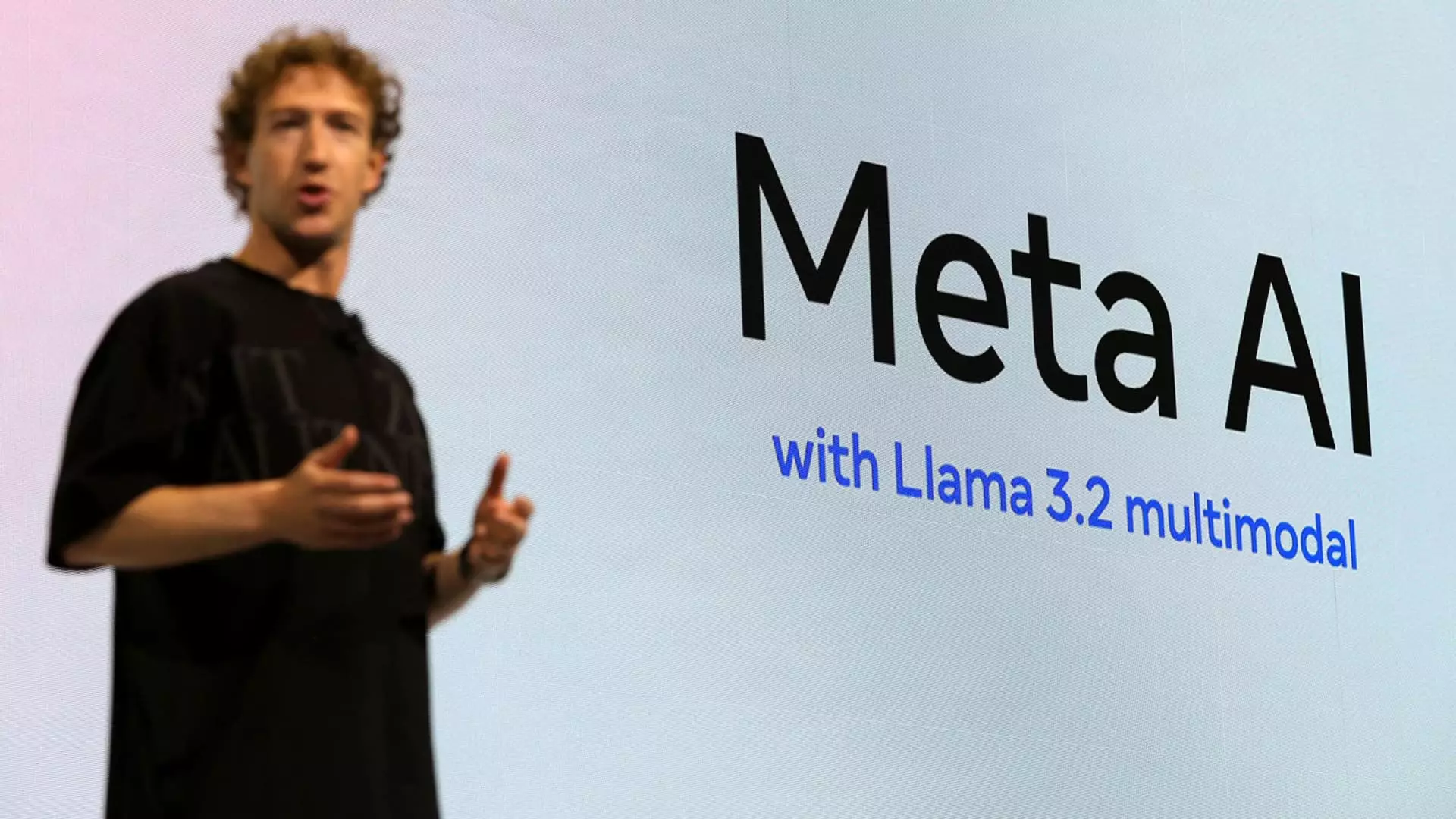In a controversial ruling, U.S. District Judge Vince Chhabria sided with Meta in a copyright case brought forth by a group of 13 authors, including high-profile figures such as Sarah Silverman and Ta-Nehisi Coates. The judge’s ruling, which upheld Meta’s use of copyrighted books to train its Llama artificial intelligence model under the fair use doctrine, warns us all about the precarious balance between innovation and intellectual property rights. While some may herald this verdict as a landmark moment for artificial intelligence, there is a disconcerting undercurrent suggesting that this could open the floodgates for further exploitation of creators’ original works.
The Fair Use Doctrine: A Double-Edged Sword
The ruling rests heavily on the fair use doctrine—a doctrine that was initially designed to spur creativity and encourage the reuse of materials for transformative purposes. Yet, the very essence of this doctrine seems to have been misapplied in Meta’s case, as Judge Chhabria acknowledged the potential for market harm to authors but ultimately felt that the plaintiffs didn’t make a strong enough case. In essence, this ruling reflects a remarkable disconnect between the realities of market dynamics in creative industries and the theoretical protections afforded by copyright law.
Judge Chhabria alluded to the notion that without compensation for their intellectual contributions, authors may find it increasingly difficult to sustain their livelihoods. He noted that while a shift toward AI might seem innovative, it can also lead to a devaluation of creativity itself. Yet, despite recognizing these pitfalls, the judge’s narrow ruling skirted around the deeper philosophical implications of eroding the boundaries of copyright. What does it say about our society’s view of creators when their rights can be overshadowed by the demands of technological advancement?
Plausible Deniability and Market Harm
The crux of the argument rests upon whether Meta’s practices cause significant market harm. Chhabria claimed that the plaintiffs’ arguments for harm were “half-hearted” and ill-formed, yet this statement perhaps reflects a limited understanding of how creators feel the effects of AI technology. It’s not just about immediate market losses; the psychological impact on authors and their creative motivations is hard to quantify but deeply significant. While immediate economic harm might seem absent in this ruling, the long-term implications on the literary market could be far-reaching and damaging.
In a landscape where creativity hangs in the balance, the argument that Meta’s use of copyrighted material doesn’t infringe on the market may ring hollow. Rather, one could argue that it lays the foundation for a precedent where tech companies continue to siphon cultural capital without due compensation. The broader ramifications on creativity could be a slow-acting poison for future generations of authors and artists, questioning whether they will choose to produce new works when their past creations are so readily repurposed without their consent.
The Ruling’s Limitations and Future Implications
While Judge Chhabria left the door ajar for other authors to initiate copyright lawsuits, he underscored that the outcome of this specific case was narrowly tailored. This distinction is crucial. It reveals the fragility of intellectual property in today’s digital landscape, susceptible to the whims of technological evolution but bounded by antiquated legal measures. The remark that the ruling does not fulfill the idea of legal assurance for creators is a wake-up call; this case might be only the tip of the iceberg regarding forthcoming legal battles centering on AI and copyright.
Despite distances between this ruling and the equally controversial case involving Anthropic, another player in the generative AI sphere, a distinct pattern emerges. The courts are now in a position where they must establish guidelines for the use of copyrighted material amidst rapidly advancing technology. As such, each new ruling will contribute to an ongoing legal narrative, often at the expense of creators unable to advocate for themselves.
A Call to Arms for Creative Rights
This ruling should galvanize authors and creators to unite in the fight for stronger protections against the encroaching tide of technology. It is not merely a legal matter but a cultural one. The future of creativity itself depends on how society chooses to value and protect the endeavors of those who contribute to its richness. The battle over copyright in the age of AI is not merely about rules—it’s about establishing a societal consensus on the value of creativity and the intellectual rights of individuals who dedicate their lives to their craft. The time has come to reassess what fairness in usage truly means, and to ensure that innovation does not replace the invaluable contributions of human creativity.

